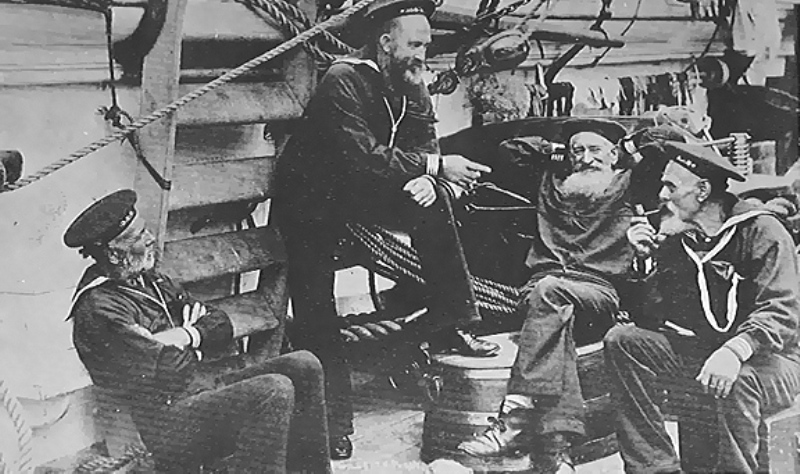Facts about Vietnam Veterans wall in DC.
There are 58,267 names now listed on that polished black
wall, including those added in 2010.
The names are arranged in the order in which
they were taken from us by date and within each
date the names are alphabetized. It is hard to
believe it is 36 years since the last casualties.
The first known casualty was Richard B.
Fitzgibbon, of North Weymouth , Mass. Listed by
the U.S. Department of Defense as having been
killed on June 8, 1956. His name is listed on the
Wall with that of his son, Marine Corps Lance Cpl.
Richard B. Fitzgibbon III, who was killed on
September 7, 1965.
There are three sets of fathers and sons on the
Wall.
39,996 on the Wall were just 22 or younger.
8,283 were just 19 years old.
12 soldiers on the Wall were 17 years old.
The largest age group, 33,103 were 18 years old.
Five soldiers on the Wall were 16 years old.
One soldier, Pfc. Bullock was 15 years old.
997 soldiers were killed on their first day in
Vietnam.
1,448 soldiers were killed on their last day in
Vietnam.
Thirty-one sets of brothers are on the Wall.
Thirty-one sets of parents lost two of their sons.
54 soldiers attended Thomas Edison High School
in Philadelphia. I wonder why so many from one
school.
Eight women are on the Wall. Nursing the wounded.
244 soldiers were awarded the Medal of Honor
during the Vietnam War; 153 of them are on the
Wall.
Beallsville, Ohio with a population of 475 lost six
of their sons.
West Virginia had the highest casualty rate per
capita in the nation. There are 711 West
Virginians on the Wall.
The Marines of Morenci - They led some of the
scrappiest high school football and basketball
teams that the little Arizona copper town of
Morenci (pop. 5,058) had ever known and cheered. They
enjoyed roaring beer busts. In quieter moments, they rode horses along the
Coronado Trail, stalked deer in the Apache
National Forest. In the patriotic camaraderie typical of
Morenci’s mining families, the nine graduates of Morenci High enlisted as a
group in the
Marine Corps. Their service began on
Independence Day, 1966. Only three returned
home.
The Buddies of Midvale - LeRoy Tafoya, Jimmy
Martinez, Tom Gonzales were all boyhood friends
and lived on three consecutive streets in Midvale,
Utah on Fifth, Sixth and Seventh avenues. They
lived only a few yards apart. They played ball at
the adjacent sandlot ball field. They all went to
Vietnam. In a span of 16 dark days in late 1967,
all three would be killed. LeRoy was killed on
Wednesday, November 22, the fourth anniversary
of John F. Kennedy’s assassination. Jimmy died
less than 24 hours later on Thanksgiving Day.
Tom was shot dead assaulting the enemy on
December 7, Pearl Harbor Remembrance Day.
The most casualty deaths for a single day was on
January 31, 1968 ~ 245 deaths.
The most casualty deaths for a single month was
May 1968 ~ 2,415 casualties were incurred.
Most Americans who read this will see only the
numbers the Vietnam War created. To those who
survived the war, and to the families of those who
did not, we see the faces, we feel the pain that
these numbers created We are, until we too pass
away, haunted with these numbers, because they
were our friends, fathers, husbands, wives, sons
and daughters. There are no noble wars, just
noble warriors.































